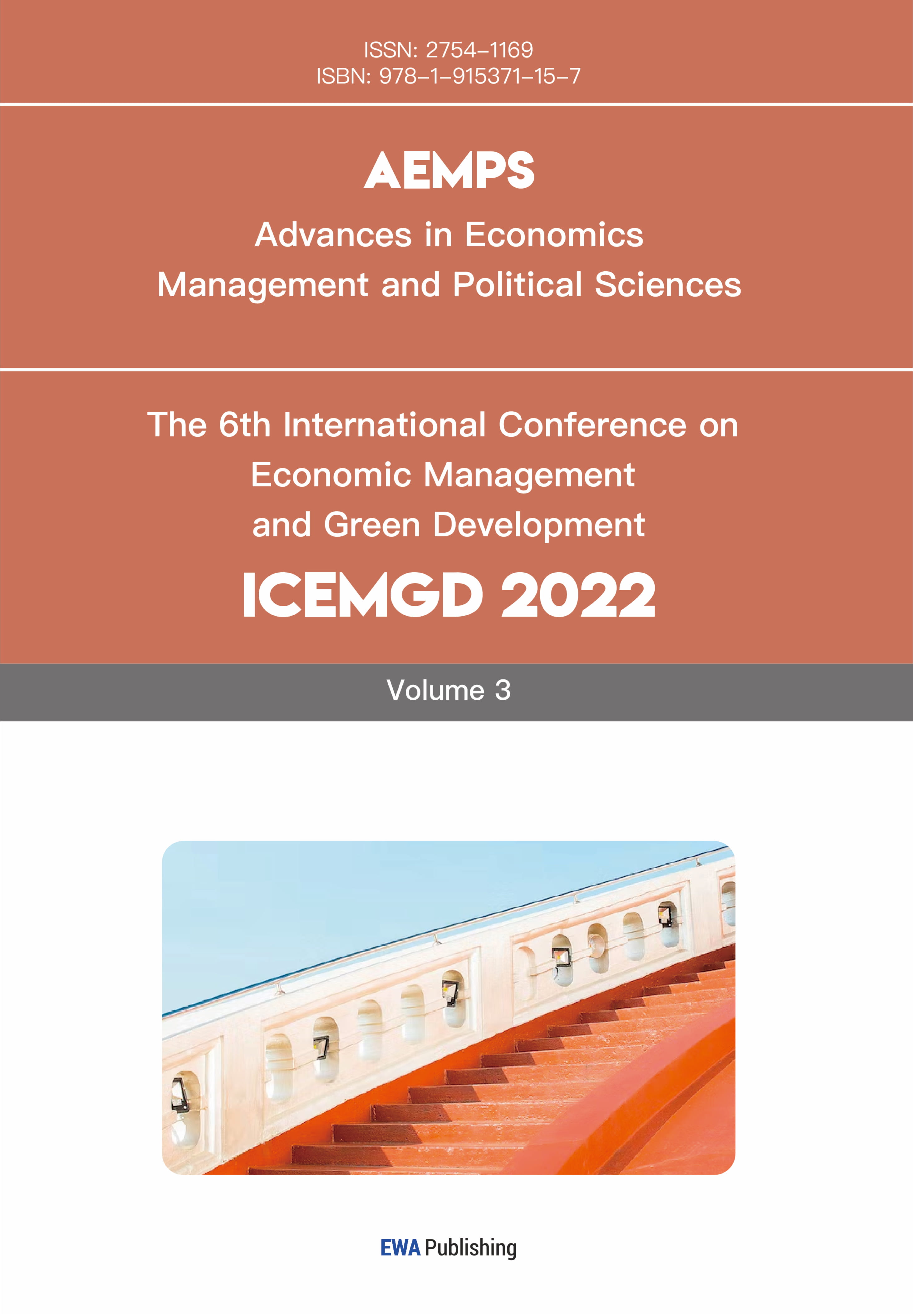References
[1]. Edmans, A., & Kacperczyk, M. (2022). Sustainable Finance. Review of Finance.
[2]. Liang, H., & Renneboog, L. (2020). Corporate Social Responsibility and Sustainable Finance.
[3]. Zerbib, O. D. (2019). The effect of pro-environmental preferences on bond prices: Evidence from green bonds. Journal of Banking & Finance, 98, 39–60. https: //doi.org/10.1016/j.jbankfin.2018.10.012
[4]. Liu, Y., Zhang, S., Yang, L. (2022) 'The Impact of Green Finance on Enterprise Debt Financing—Evidence from China’, International Journal of Environmental Research and Public Health, 19(17), 11287. doi: 10.3390/ijerph191711287
[5]. Exxon Mobil Corporation. (2023). FORM 10-K FOR THE FISCAL YEAR ENDED DECEMBER 31, 2023. https: //investor.exxonmobil.com/sec-filings/annual-reports/content/0000034088-24-000018/0000034088-24-000018.pdf?utm_source.com
[6]. Apple. (2024). Annual Green Bond Impact Report: Fiscal Year 2024 Update. https: //www.apple.com/environment/pdf/Apple_Environmental_Progress_Report_2025.pdf#page=89
[7]. Zhang, X. & Chen, Y. (2023) 'Analysis and Suggestions on the Issuance of Green Bond—Taking Apple as an Example’, SHS Web of Conferences, 166, 02026. doi: 10.1051/shsconf/202316602026.
[8]. Flammer, C. (2020) Corporate green bonds. Boston University, Global Development Policy Center Working Paper, No. 033.
[9]. Tang, D. Y., & Zhang, Y. (2020). Do shareholders benefit from green bonds? Journal of Corporate Finance, 61, 101427. https: //doi.org/10.1016/j.jcorpfin.2018.12.001
[10]. Climate Bonds Initiative. (2021). Green Bond Pricing in the Primary Market: January–June 2021. Climate Bonds Initiative. Available at https: //www.climatebonds.net/news-events/press-room/press-releases/green-bond-pricing-primary-market-climate-bonds-releases-third-report-series
[11]. Zhang, D. (2021). Green bond issuance and corporate cost of capital. Journal of Corporate Finance. Available at: https: //lnu.diva-portal.org/smash/record.jsf?pid=diva2%3A1528796
[12]. Petreski, M., Schäfer, D. & Stephan, A. (2025). The reputation effect of repeated green-bond issuance. Business Strategy and the Environment, 34(2), 4111–4129. https: //doi.org/10.1002/bse.4111
[13]. World Scientific. (2025). Corporate Green Bonds and the Cost of Capital. In: Handbook of Green Finance. World Scientific Publishing. Available at: https: //www.worldscientific.com/doi/10.1142/9781800614451_0002.
[14]. People’s Bank of China (PBOC). (2017). Notice on the Pilot Zones for Green Finance Reform and Innovations. Beijing: People’s Bank of China. Available at: http: //www.pbc.gov.cn.
[15]. U.S. Congress. (2022). Inflation Reduction Act of 2022. Washington, D.C.: U.S. Government Publishing Office. Available at: https: //www.congress.gov/bill/117th-congress/house-bill/5376.



